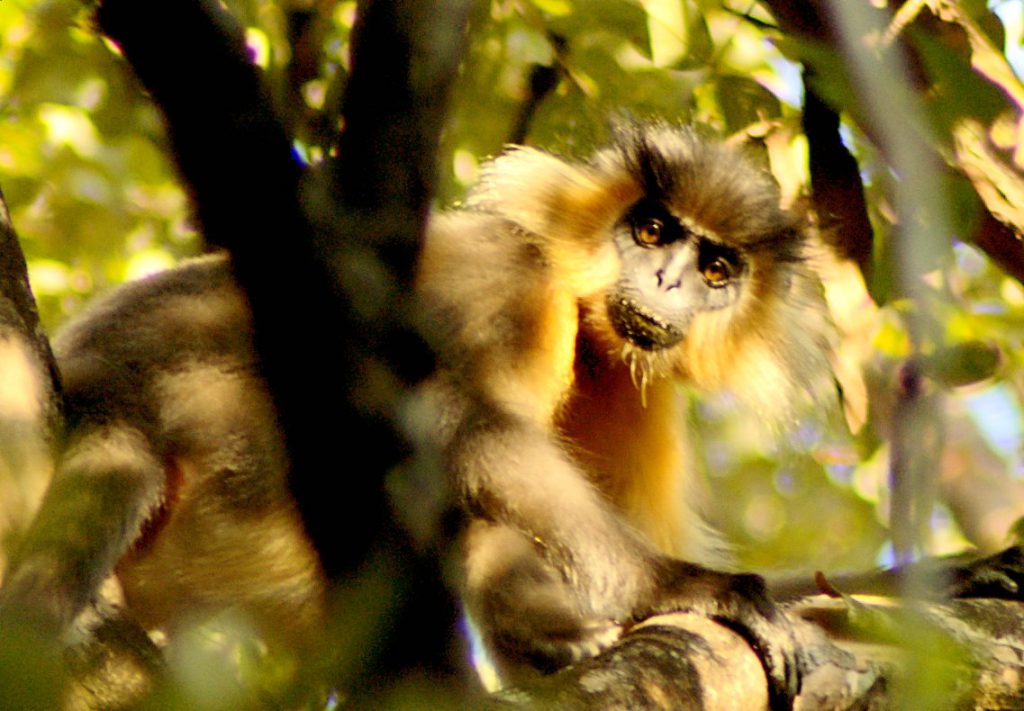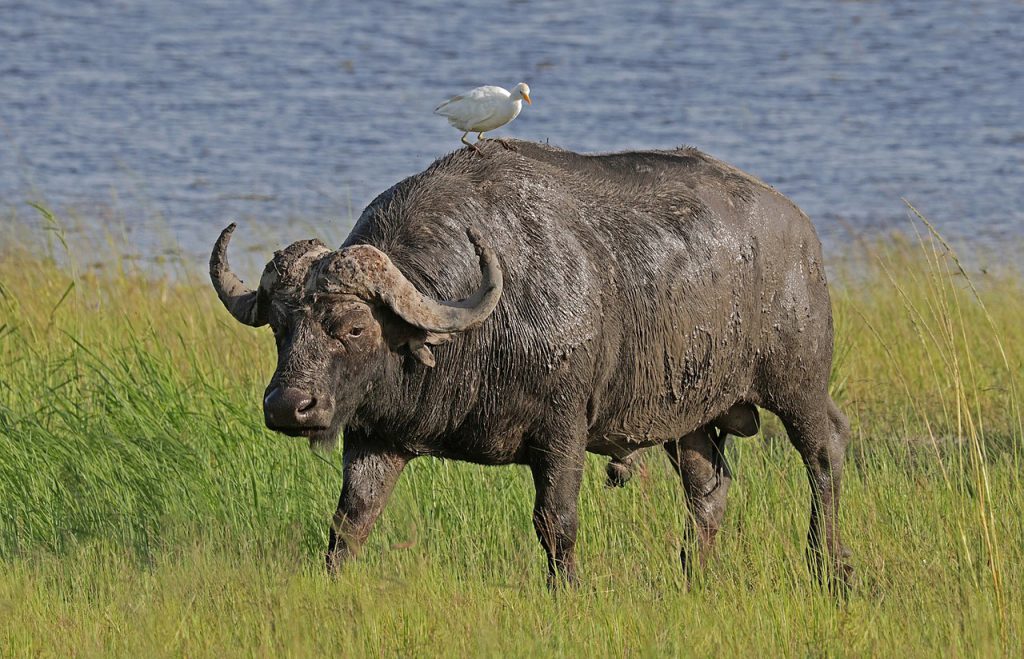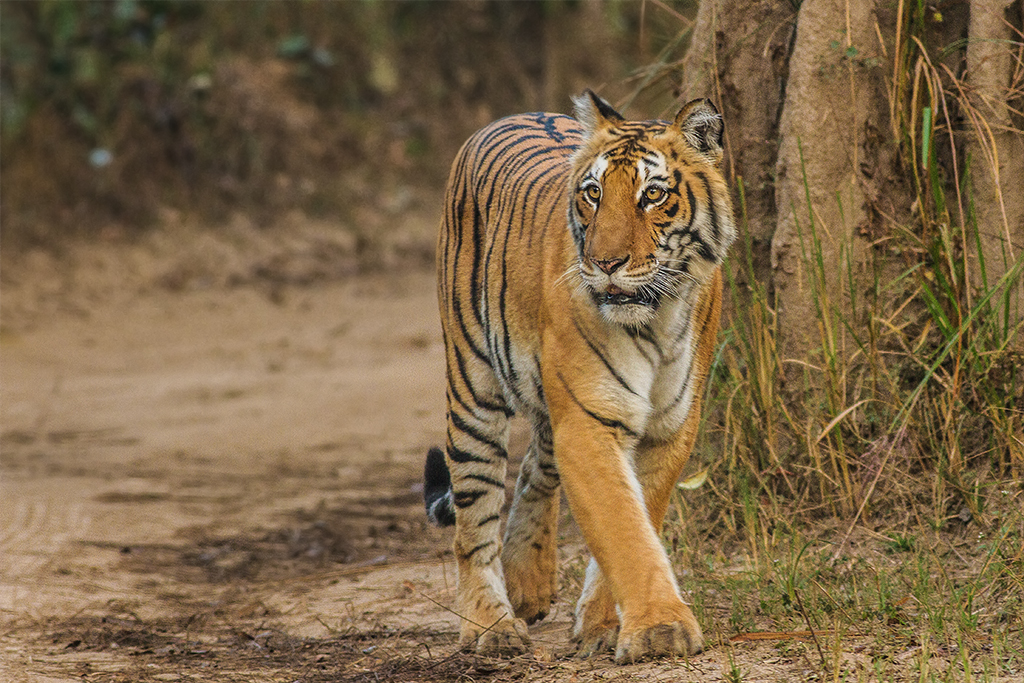Author: desaadmin
Ajjikunja Peak (Valikunja Peak)
Ajjikunja peak lies about 30km north of the Kuingal peak. It is between the Agumbe and South Canara border of Kudremukh highway. Even though I tried to go there many times before, due to logistics reasons I was unable to scale that peak which was always haunting me. Finally, in 2019 we planned to hike with Sunder Anna. Since he is always been busy, in December we got an opportunity. Due to severe restrictions by the wildlife department, no permission is given nowadays for various reasons. With some local contacts and gaining the confidence of local forest guard we managed to make it. A local farmer who lives at the base of Western Ghats of that area was hired through Sunder Anna’s contact.

We were three first reached the farmer’s house who has an areca nut plantation there. After taking a requisite pack of lunch, water, tea items we started our trek. From starting itself it was a steep climb of almost 70 degrees. We climbed slow and steady. The forest was thick with towering trees. It is a pure evergreen tropical rain forest, as usual, there was not much sunlight. A dark continent within the forest but we did not encounter any wildlife except few giant squirrels and lion-tailed macaques. After a grueling 3 hour climb, we reached a water source and a small cave nearby.


This cave was used for night halt by forest produce collectors who collect honey, pepper, and Rama patre (myristica fatua). Even illegal hunters used to take shelter here. We relaxed for a while, prepared tea. After the brief rest, we again continued. There was no path hereafter, our local guide made a path by cutting branches with his sheath. After climbing a km more, grassland appeared. It was very difficult to walk on the grass since it was coming up to the shoulder. Due to heavy wind blowing in this height and especially it placed more than 1000 meters above sea level no plants grow here except grass. From here the climb was very steep up to almost 80 degrees. Despite tiredness and exhaustion, we climbed with determination to reach the peak. It took hours together to reach the peak but was worth it. When we reached the top, we forgot all agonies we faced. Shola forests which are dark impenetrable forests was seen below on slopes and around till the horizon. The view was extraordinary, its natural beauty was marvelous, and we had a sense of satisfaction.


A very few trekkers have explored it and I am one of them. A proud moment for me after a long period of effort to reach there. We could see vast coastal plains on one side for miles and vast forest in the East till the horizon. Sounds of creatures in the dark thick forest were heard from below where no one could enter in that dark kingdom.
We spent about an hour observing nature and its glory and slowly started to descend. Coming down was more difficult than climbing. Ultimately, we reached the village after 3 hours of a strenuous walk with an exhausted body but with great memories of our Western Ghats whose tropical evergreen forests and its splendor.
Manas National Park
Manas national park is situated in Assam state in India. As a member of BNHS Mumbai I participated in nature camp in 2009. It is one of the most memorable nature camps in my wandering experience. I also visited the national park in 2014 with my trekking friends.
Manas National park is situated in the foothills of Himalaya on the Indo-Bhutan border separated by manas river which flows down to join mighty Brahmaputra river. It is a great park consist of an evergreen forest with amazing flora and fauna found anywhere in the world. UNESCO has declared this national park as a world heritage site and UNESCO is also funding for conservation of this great biosphere. The vegetation here is a semi-evergreen and tropical rainforest and vast grasslands with more than 10feet high grass. Even elephants cannot be visible in the grass. Elephants with more than hundreds in a single group can be seen here which nowhere in India we can see. A large variety of mammals can be found in this forest such as elephants, tigers, indian wild buffalos, leopards, bison, sambar deers, barking deers, wild boars, sloth bears, giant Malabar squirrels, hoolock gibbons, rare redface monkeys, the Assamese rhinos, etc, the list is very big. All of these animals can be found in this great biosphere. Birds of countless species are found here. Rhinos also inhabit here. Because of this vast spectrum of wildlife, UNESCO has declared it a world heritage site. While when we exploring the forest by jeep we encountered all these wildlife except tiger since they are elusive. It was a mind-boggling experience to see elephant s in a group with more than 100 together moving. A lifetime experience for nature lovers. It’s pristine tropical evergreen forests where no sunlight enters inside, hundreds of rivulets crisscrossing the forest with abundant water, wildlife is sustained well here. For me, it is a lifetime ambition to see the park and I am fortunate to see it twice. We roamed the in Jeeps two trips morning and evening for four days traveling every corner while in the BNHS camp.
The second time, we stayed in the core area of the park is a place called Mathanguri. The wildlife department has a bungalow and a small dormitory. on the bank of river Manas at the border of Bhutan. We are fortunate to get this since it is always overbooked. The other side of rivers is the Bhutan side of the forest. Wild buffalos can be seen on grazing across the side of the river. It is an unforgettable experience to sit on the bank of the river and see the pristine forest around and river manas gushing down from the Bhutan side. We spent most of our time after jeep travel on the waterfront. enjoying the views of magnificent surrounding nowhere we can see on this planet. And hoping to go again to see this great wonderful world if I get an opportunity
Dibru Saikhowa National Park
Dibru Shaikowa National Park is one of the biological hot spots on the planet. This forest is surrounded by rivers on all sides with the Brahmaputra, Lohit in the north, and Dibru river in South. With a vast area of almost 600sqare km in size. This forest shelters wild horses we can find anywhere else in India. Tropical rain forests, vast grasslands, mixed semi-evergreen forests, and great swamps can be found here. There are dangerous quagmires even wild elephants vary of entering it. Hundreds of rivulets crisscrossing forest with abundant fish life. Due to abundant fish life, birds of countless species inhabit this forest. Mammals like elephants, tigers, leopards, cloud leopards, Indian water buffalos, wild horses, etc. are the main inhabitants that can be found here. Venturing in the park is not easy as there are no proper roads inside due to the peculiar topography. Swamps and grasslands hundreds of rivulets crisscrossing the forest with the help of boats is the only way to explore this great biosphere. This little known national park is not as popular as Kaziranga etc. due to its isolation as it is about 500 km away from Guwahati but its natural beauty is unparalleled. Nature lovers enjoy since the variety of flora and fauna is amazing. A heaven for bird watching due to a large species of water birds migrates here. Wild water buffaloes are another attraction here since they are found only in Assam state in India. Geographically this national park is secured by the giant rivers on all sides. It’s tropical rain forests are the splendors of the park where rare hoolock gibbons living in this great biosphere. If this national park is maintained well by the government, this will be one of the world heritage sites on our planet.
Jim Corbett National park
Jim Corbett National park is one of the oldest national parks in India incorporated before independence and named after well-known author and naturalist, Jim Corbett. It is situated near the town of Ramnagar of Uttarakhand state. To mention, it is also part of the Project Tiger initiative started by late pm Indira Gandhi.
In 2005 BNHS arranged a six days nature study camp. As a member of BNHS, I participated in the camp and I was amongst 30 members who participated in the camp. We reached Delhi first and boarded Ramnagar express train to reach Ramnagar city next morning which is bordering the Jim Corbett national forest. We stayed in a holiday camp on the bank of Ramganga river which is a tributary of river Ganga. It was a beautiful location is the first sight we admired once reaching the place. The first day we had a nature trek on the periphery of the park where we studied its vegetation.
The next day we left deep inside the park in six Gypsys to a place is called Dhikala which is around 50km the park. There were a forest guest house and the range office. It was a privilege to get accommodation there as we booked well in advance (at least six months before) and preference was given for wildlife studies purposes only. Thanks to BNHS, an important organization that involves conservation activity. I was fortunate to be there as a participant. Dhikhala area is a vast expanse of grassland with several square km on the bank of Ramganga river. Elephant safari and jeep safari are conducted here for limited people. Simply I can say it is Aden of India. For wildlife viewing, we need not go out, simply sitting on the benches kept facing riverfront within the compound of the guesthouse we could see thousands of deers, sambar deers and other animals grazing on dry river bed below. Elephants in groups were coming out from the deeply wooded hillocks of the other side of the riverbank to eat or for water to drink. I spent my spare time observing wildlife throughout the day. I had never seen such heaven before. After reaching this place we took rest at noon. After lunch our first safari started at 3.30 pm. We were sent in five jeeps with forest guides. Each jeep left in different routes as directed by forest officials. First I would like to mention the forest here. Sal trees are in the majority. They are straight towering trees. The sunlight never reaches the bottom floor. The forest is without any bushes, we could see only dry leaves on the ground. We could see miles together in the forest. Wildlife could be seen clearly in distance. The beauty of the forest is beyond explanation. This forest is different from the rain forest. Being in the foothills of Himalaya, this evergreen sal forest is astounding. Aforementioned observation while entering the deep forest. As our jeeps started to come in near grassland and ravine area small thick bushes were found adjacent to vast grasslands. In the grassland we baffled to see spotted deers grazing in thousands while they move or run it was like a wave. Surprisingly here we found a high concentration of big cat that is tigers. They were hiding in the low thick bushes on the side of vast grassland. It is an ideal place to hide and to seek cover from the scorching heat of the sun. We saw many tigers who crossed our path within a few km journey on the jungle path. Seeing a tiger in its natural habitats is a lifetime experience for any nature lovers. Elephants were in large numbers grazing on grassland without bothering the visitors. When we returned to the camp, different groups had different experiences since they had ventured different parts of the forest. At the tea session everyone shared what they saw, what they caught in their cameras. Some groups were lucky to see a tiger with cubs and some with a large group of elephants, sloth bears, etc. Each showed and shared their unforgettable experience. Even though they saw mammals like antelopes, deers, sambar deers, giant monitor lizards which are common and found roaming just around the forest complex like street dogs, it was not a subject of interest at all because members wanted to see a glimpse of the tiger. But I enjoyed seeing countless sambar deers, barking deers and giant wild pigs aka big wild boars wandering near the canteen for food waste disposed of and taking shelter around the elephant shed of the forest department. I spent most of the spare time observing the behavior of these animals that choose to live very close to humans or near office guest house surroundings. I realized the exact reason for deers finding a haven in the elephant shed near bushes since many tigers have made their territory very close to the complex as pray base is very high and hunting is rather easy. These deers feel guest houses complex is more secure as tigers avoid human habitation and so they shy away from or will not hunt near human presence. Deers take this advantage particularly those that have territory near range office.
The next morning safari we saw a tiger hunting a deer barely 200 meters from our guest house and also explored a different part of the forest. Tigers, elephants, countless deers, an experience that I will keep in my heart till the end of my life. While returning to the lunch break, a single giant elephant started to chase us as we were in the safe distance and since it was chasing the jeep, the driver and the guide did not panic instead raised the speed of jeep as the muddy road was smooth. As the jeep picked up speed, the elephant got exhausted and it slowed down and eventually left and we reached back safely. Again during lunch gatherings like the previous day, all shared their stories. Everyone was excited to know what others encountered. Some were lucky to see tigers multiple times, some saw huge elephant herds having more than 150. I enjoyed the beauty of Jim Corbett in every aspect and at every angle. I was more than happy to see the pristine Sal forest whose beauty was second to none. I had no camera at that time so I am not having any pictures of majestic big cats that we saw at close quarters in their natural habitat. These tigers once roamed every village in India, now confined to a few forest patches in our nation due to the ever-growing population and higher desire of men and destruction of the environment. Today people spend a lot of money and a lot of travel to see these magnificent cats once abundant in every corner of India. These are the feelings I felt when I saw these poor cats whose number is going down day by day. Even though my friends overjoyed by seeing this great national park and sharing a proud moment of seeing majestic cats. Of which they are mainly interested and to share their experiences photos with friends and well-wishers but I came with a heavy heart because in our nation the environment is the last priority. Whole Ramnagar city’s economy depends on Jim Corbett. People all over the globe come to see Jim Corbett and lakhs of people get employment there. Hotels, vehicles, and other tourism-related industries also survive on the same. People in general and the government, in particular, are not serious about environmental issues. Election, bank, and politics are kept above on other subjects. As tigers need more area or they come out of forest finding new territory that leads to man-animal conflict. Ever-increasing encroachment by land-hungry farmers, illegal forest encroachers, and hunters came to my mind while seeing this great biosphere. We spent three days exploring in different corners, visited Jim Corbett bungalow now converted into museum who once was a famous hunter turned tiger conservationists. We returned with great experience as I was lucky to be there since only a few could go there. What I saw and experienced is limited to me only. People of our nation do not know much about Jim Corbett. The general public needs to know about the conservation of this ecology. Every student of biology should have practical lessons in this great biosphere then only future generations will conserve this heaven on earth.
A few months ago we all saw bears grills episode with our beloved prime minister Narendra Modi. It is the same place, Dhikala, where we spent three days. It made me cherish the memories of the Jim Corbett national park and the days we spent on this wildlife heaven.





